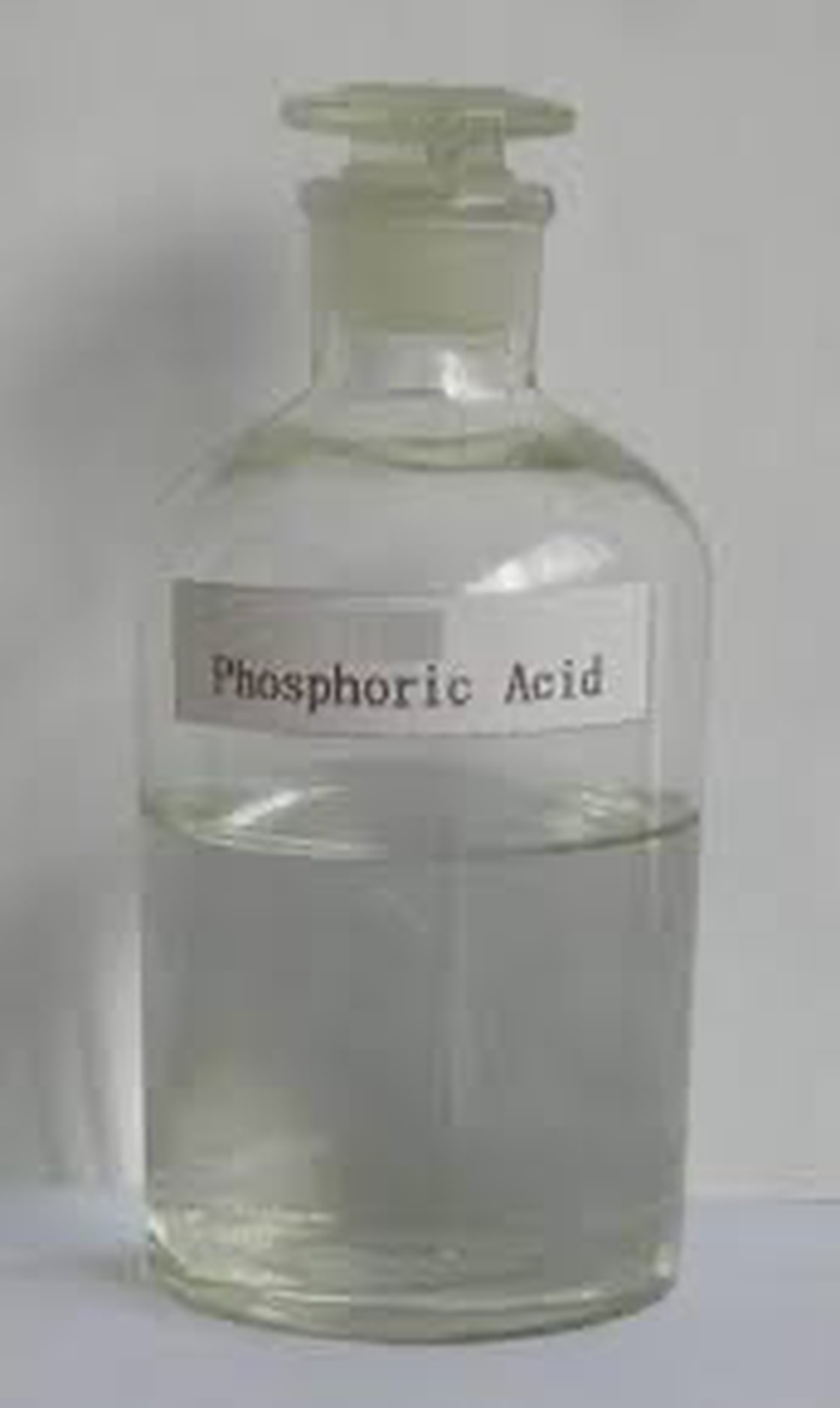About Phosphoric Acid:
- It is a non-combustible, colorless, odorless phosphorus-containing inorganic acid.
- Phosphoric acid is not directly found in nature. It can be obtained from phosphate rock deposits.
- It is used to make phosphate salts for fertilizers.
- It is also used in dental cements, in the preparation of albumin derivatives, and in the sugar and textile industries.
- It serves as an acidic, fruitlike flavouring in food products.
- It is also used in lithium-iron-phosphate (LFP) batteries.
- It is used in the manufacture of superphosphate fertilisers, livestock feeds, phosphate salts, polyphosphates, soaps, waxes, polishes and detergents.
- It is an irritant or corrosive to the skin, eyes, and other mucous membranes.
- India imports phosphoric acid mainly from Jordan, Morocco, Senegal, and Tunisia.
Key facts about Phosphate Rock
- It is the natural source of phosphorus, an element that provides nutrients to plants for their growth and development.
- How is phosphate formed? It is a sedimentary rock formed millions of years ago by the accumulation of organic matter on the ocean floor.
- Its reserves are found in Africa, North America, Kazakhstan, the Middle East and Oceania.
- The world’s largest deposits are located in Morocco, which is also one of the global leaders in phosphate extraction.
- Phosphorus in India: Phosphate rocks are majorly produced only from two States in India, namely Rajasthan and Madhya Pradesh.
